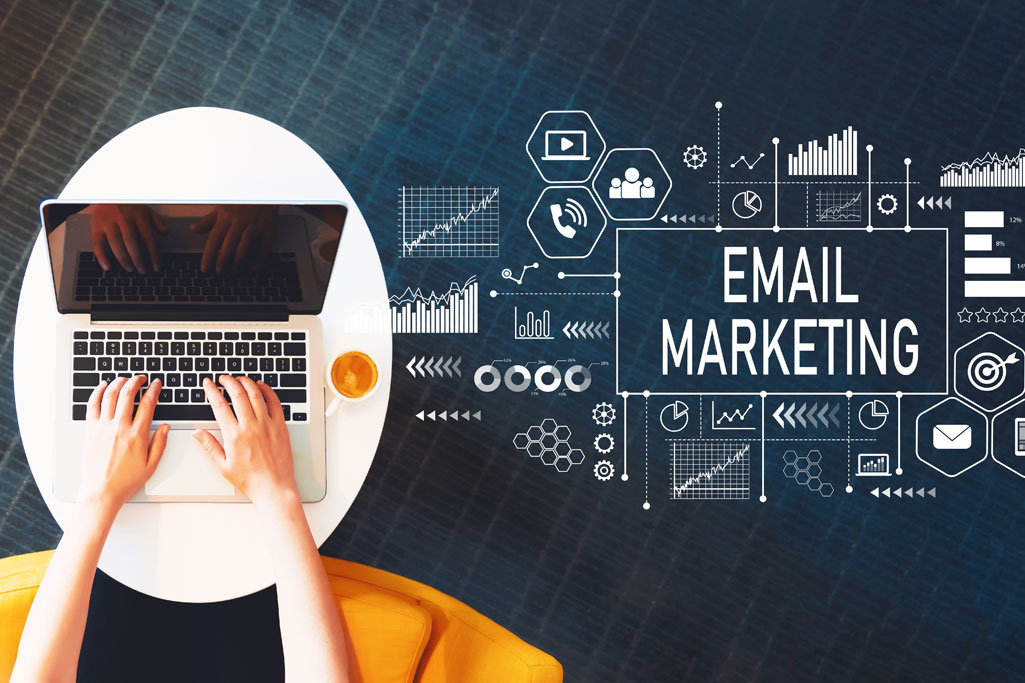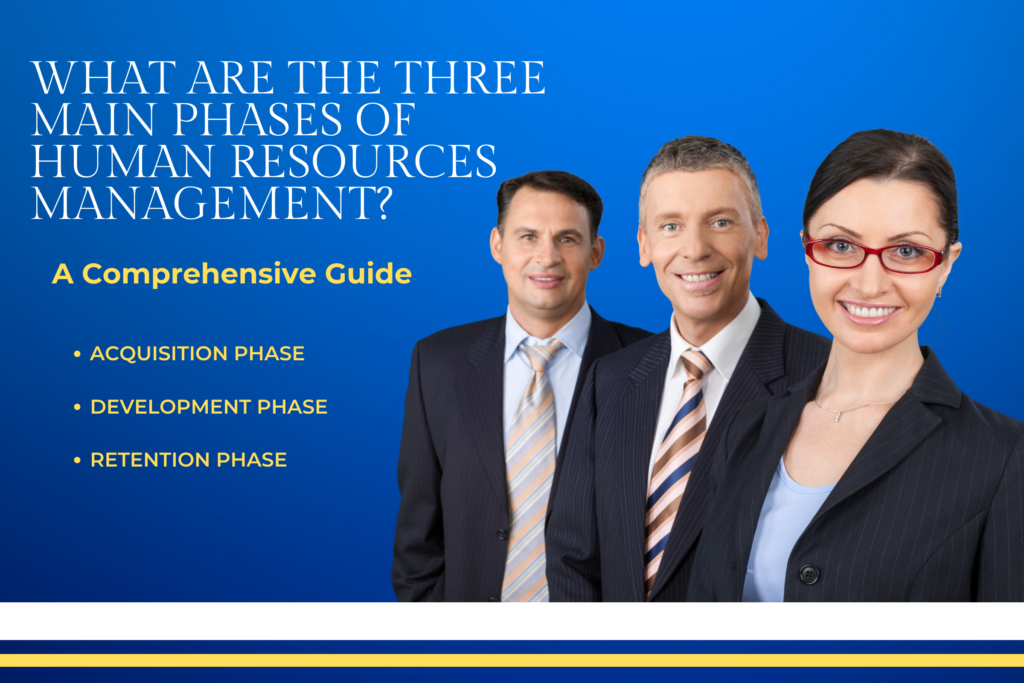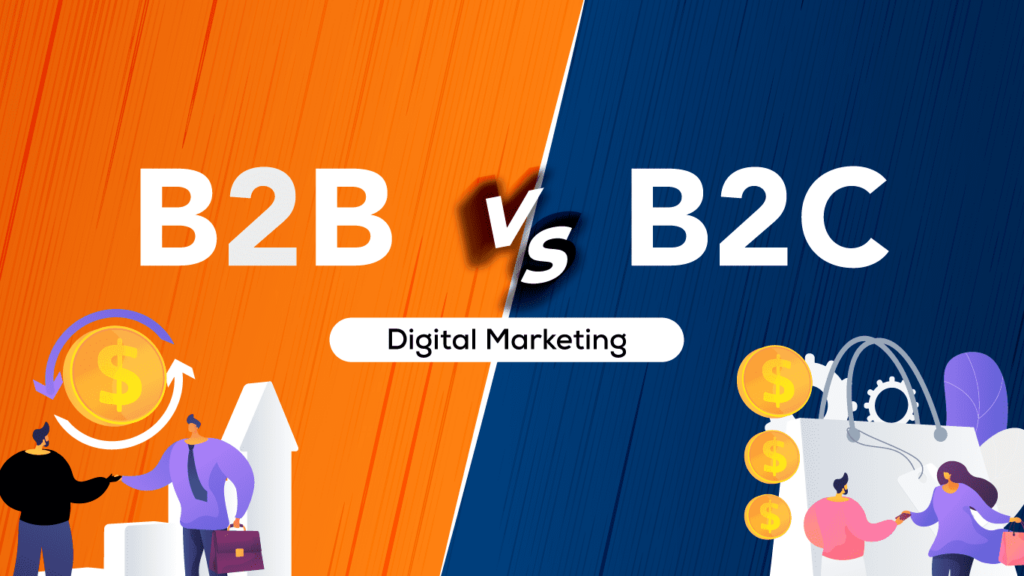
As you embark on your entrepreneurial journey or seek to refine your existing business strategies, you must recognize the two business models. In today’s diverse marketplace, it is crucial to understand the difference between two different business models called B2B (Business to Business) and B2C (Business to Consumers). In this comprehensive guide, we’ll discuss the difference between B2B and B2C in detail. Whether you’re nurturing long-term partnerships in the B2B model or crafting emotional connections in B2C companies, you must understand the key differences between both mentioned in this article in detail.
B2B (Business-to-Business)
B2B refers to the transactions and interactions exclusively between businesses. Here, businesses themselves are the customers. These companies predominantly offer the products or services that are indispensable for the functioning of other businesses. Examples include software enterprises delivering cutting-edge solutions, manufacturer companies supplying raw materials to fellow manufacturers, or consultant firms providing specialized expertise to other companies.
B2C (Business-to-Consumer)
B2C refers to the transactions and interactions between a business and individual consumers. It is the most common form of business model, where the end-users are consumer-based. This model encompasses everyday retail experiences like purchasing clothing, electronics, or groceries from physical stores, online marketplaces, or service providers like salons and restaurants.
What Is The Difference Between B2B and B2C?
Now that we’ve laid the groundwork for B2B and B2C, let’s dive into the core differences and understand B2B Vs. B2C. These differences have been explained through various facets. The following are the key differences between both:


1. Target Audience and Customer Behavior
Target audience refers to the specific consumers most likely to want your product or service. These are also the group of people who should see your ad campaigns. Customer behavior refers to an individual’s buying habits. It may include his social trends, frequency patterns, and background factors that urge him to buy something.
|
B2B: Niche and Informed Buyers |
B2C: Diverse and Impulsive Shoppers |
| In the world of B2B, the target audience comprises industry professionals. These professionals possess a deep understanding of their respective domains. These buyers make informed decisions based on meticulous research and understanding their business needs rather than just being manipulated by flashy marketing tactics. | In the B2C model, the target audience is more diverse and consumer-based. Individual buyers often have varying preferences and make purchase decisions that are emotions-driven and immediate needs. Effective B2C marketing revolves around the psychology of impulse buying and the emotional connections of buyers. |
2. Purchase Volume and Frequency
Purchase volume refers to the total volume of purchases a company or an individual makes. In contrast, purchase frequency is the number of times your customer makes a purchase from you within a specified period.
|
B2B: High Volume, Low Frequency |
B2C: Low to Moderate, High-Frequency |
| In the B2B landscape, transactions usually involve substantial volumes (large orders) that occur less frequently. Businesses here are typically engaged in long-term contracts and bulk orders. Consequently, the B2B sales cycle is longer, demanding a patient and relationship-driven approach. | B2C transactions often have smaller quantities but occur more frequently. Individual consumers here make frequent purchases. Businesses in this model need to adapt to meet their consumer’s demands swiftly. It requires efficient inventory management and quick order fulfillment. |
3. Marketing Strategies
Marketing strategy refers to a plan of action designed to promote and sell a product or service.
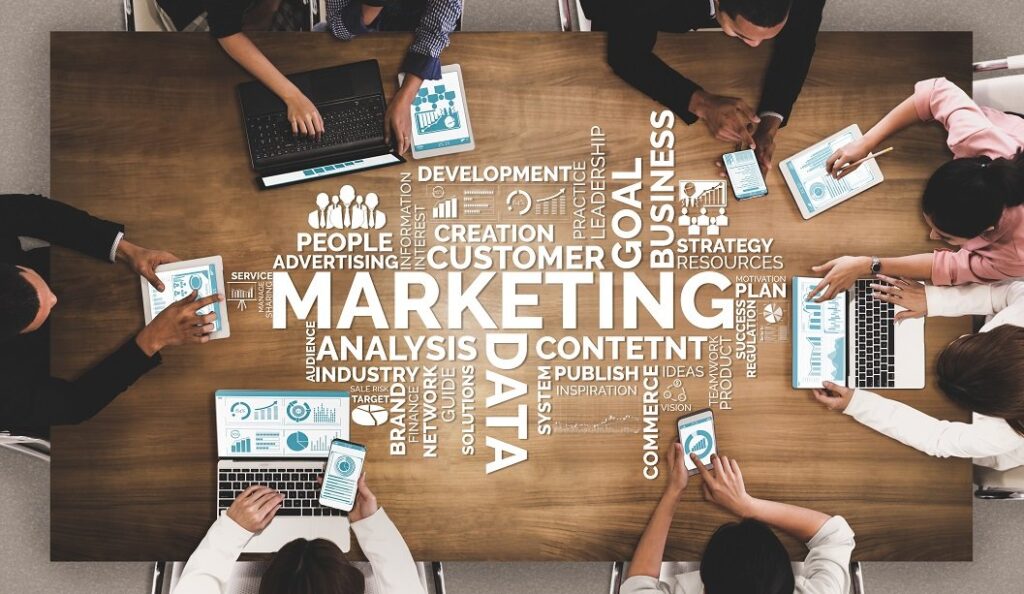

|
B2B: Educational and Relationship-Focused |
B2C: Emotional and Transactional |
| Marketing in the B2B business model revolves around providing valuable information and building strong relationships. Here, content marketing, webinars, and thought leadership play a crucial role in educating potential clients in B2B. In B2B, the buyers seek partners who can solve complex problems, so it is based on trust and expertise. | This marketing appeals to emotions and aims for quick and transactional decisions. Ads and promotions evoke the feelings and desires of customers, which result in immediate action. Visual aesthetics, storytelling, and branding help capture consumers’ attention in this model. |
Also Read: What Is The Premise Behind Influencer Marketing? A Comprehensive Guide
4. Sales Approach
In the world of marketing, a sales approach describes the techniques a salesperson uses to convince potential customers to purchase a product or service.
|
B2B: Consultative and Relationship-Driven |
B2C: Transactional and Customer-Centric |
| In this type of business model, a consultative approach is often taken by the buyer companies. Sales professionals act as advisors, understanding the specific needs of each business client and tailoring the solutions accordingly. Here, long-term relationships are usually preferred. | These sales are more transactional and customer-centric. Here, the focus is on delivering a seamless checkout. In B2C, personalization and excellent customer service are crucial to ensure satisfaction and repeat business. |
5. Customer Relationships
Customer relationships are the methods, strategies, and processes a company uses to engage with its customers and improve the customer experience. Every customer interaction has an impact. It is always more important than ever for companies to consistently meet expectations.


|
B2B: Long-Term Partnerships |
B2C: Transactional and Short-Term |
| B2B relationships are usually characterized by their longevity. These businesses aim to foster enduring partnerships with their clients, often providing ongoing support, maintenance, and customized marketing solutions. Trust is always the cornerstone of these relationships. | In the B2C world, relationships are typically more transactional and short-term. Consumers seek immediate solutions to their needs. Brand loyalty here can be fickle. However, exceptional customer experiences can lead to repeat business and brand advocacy. |
6. Purchase Decision-Making Process
It is a process by which consumers evaluate making a purchasing decision. The purchase decision-making process consists of 5 steps that include problem recognition, information search, alternatives evaluation, purchase decision, and post-purchase evaluation.
|
B2B: Complex and Multi-Stage |
B2C: Simplified and Individual |
| The B2B buying process is often complex as it involves multiple decision-makers and stages. In B2B, extensive research, purpose evaluations, and negotiations are common. Building consensus within the buying organization is crucial. | In B2C, however, purchasing decisions are typically more straightforward and individual. The consumers assess their needs, explore multiple options, and make a choice based on personal preferences, budget, and immediate requirements. |
7. Product Pricing and Negotiation
Product pricing is the process of setting a selling price for a product by considering all its associated costs and what customers are willing to pay. It can either be negotiable or fixed price.
|
B2B: Negotiated Pricing |
B2C: Fixed Pricing |
| In the B2B model, product pricing is often negotiated based on different factors, such as volume, contract duration, and customized features. Price flexibility and negotiation skills are valuable assets in the B2B domain. | In B2C, products typically come with fixed prices that are visible to all customers. Price transparency is essential to build trust, and businesses aim to offer competitive rates to attract customers. |
8. Customer Support and Service
Customer service is the interactions that enhance customer experience and help improve their relationship with the company. Customer support is just one type of interaction.
|
B2B: Customized Support |
B2C: Responsive and Scalable |
| In the B2B sector, customer support often involves tailored marketing solutions and dedicated account management. Timely responses to inquiries and troubleshooting are critical for maintaining client satisfaction. | B2C customer support needs to be responsive and scalable to handle a large customer base. Businesses require efficient handling of inquiries, returns, and complaints to maintain their positive brand image. |
9. Brand Building and Reputation Management
It is the process of monitoring and influencing the public perception of your brand.
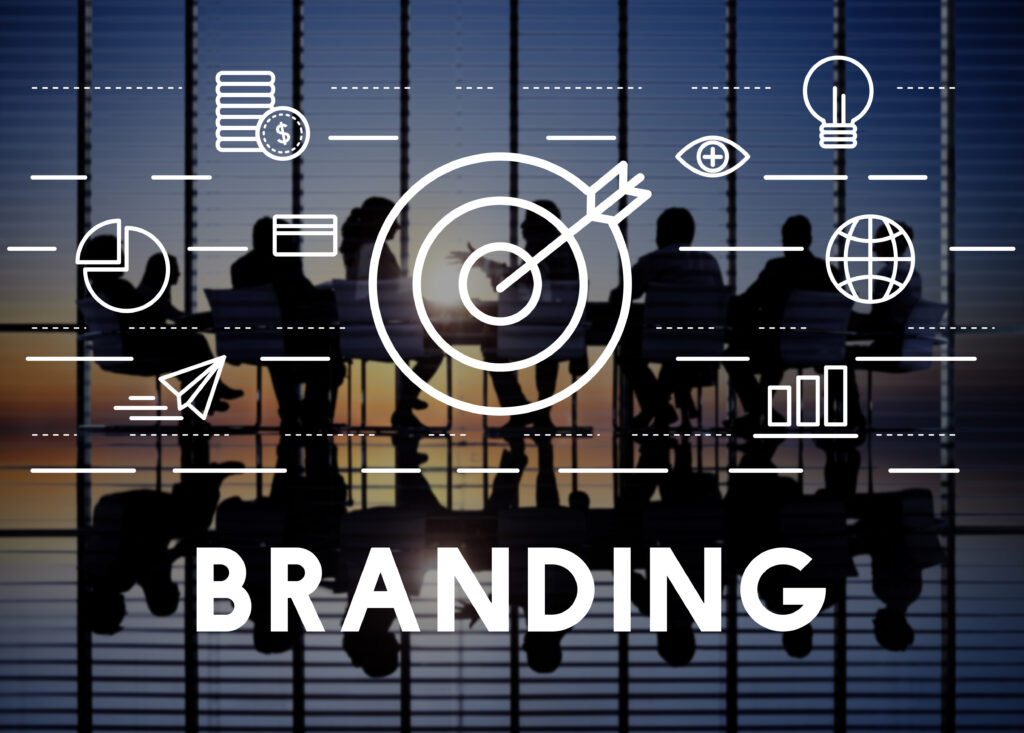

|
B2B: Industry Expertise |
B2C: Emotional Connection |
| B2B companies have to establish themselves as industry experts. These companies require thorough leadership, case studies, and industry-specific knowledge to contribute to building a strong brand and reputation. | B2C companies focus on forging emotional connections with their customers. Storytelling, brand ambassadors, and memorable advertising campaigns help create a lasting impact and build brand loyalty. |
10. Return on Investment (ROI) Expectations
It is a popular profitability metric used to evaluate how well an investment has performed. ROI is expressed as a percentage and is calculated by:
Return on Investment (ROI) = Net Return / Cost of investment x 100%
|
B2B: Long-Term ROI |
B2C: Immediate ROI |
| In B2B, return on investment (ROI) expectations often revolve around long-term gains. Businesses expect to see a return on their investment over an extended period as solutions are integrated into their operations. | B2C companies usually seek immediate returns on marketing and advertising investments. Their focus is on driving sales and measuring ROI in a short time frame. |
11. Regulatory Compliance and Legal Considerations
Regulatory compliance and legal considerations are the process of complying with applicable laws, regulations, policies, procedures, standards, and other rules issued by governments and regulatory bodies.
|
B2B: Complex Contractual Agreements |
B2C: Consumer Protection Laws |
| B2B transactions often involve intricate contractual agreements, compliance with industry regulations, and negotiations around terms and conditions. Legal considerations are essential in B2B. | B2C businesses, on the other hand, must adhere to consumer protection laws and regulations. They must also ensure fair practices, transparent pricing, and safeguard consumer rights. |
12. Technology and E-commerce Integration
E-commerce integration is the accumulation, exchange, and coordination of data between your company’s e-commerce data management system and other back-end channels such as accounting, inventory, sales, etc.
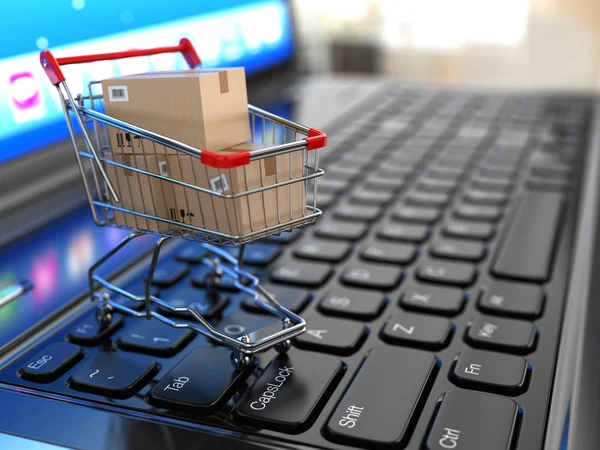

|
B2B: Integration Challenges |
B2C: Seamless E-commerce Experience |
| B2B businesses may encounter challenges while integrating with the e-commerce ecosystem. Complex systems, compatibility issues, and the demand for tailored solutions may arise in B2B marketing. | B2C companies prioritize providing a seamless online shopping experience. It offers them a user-friendly interface that helps them secure payment gateways. Convenience and accessibility are key here. |
13. Risk Tolerance
It is the degree of risk or uncertainty that is acceptable to an organization.
|
B2B: Calculated Risks |
B2C: Tolerance for Experimentation |
| In B2B, decision-makers often take calculated risks after having extensive analysis. The potential impact on a business’s operations requires a cautious approach, which is satisfied by this calculated B2B strategy. | These businesses are more willing to experiment and take risks in marketing and product offerings. Adaptability to changing consumer preferences is crucial in B2B businesses. |
14. Market Entry and Expansion Strategies
Market entry and expansion refers to the plan to enter and expand the visibility of the distribution of your product or service to a new market.
|
B2B: Targeted Account-Based Marketing |
B2C: Mass Marketing and Brand Awareness |
| This business market often involves targeted account-based marketing strategies. These help identify high-value prospects and nurture those relationships with other businesses. | The B2C market, on the other hand, has strategies that often revolve around mass marketing. It aims to build brand awareness and attract a broader customer base. |
15. Scale of Operations
It is the size of business operations measured by the business’s maximum output.
|
B2B: Specialized and Niche-Based |
B2C: Broad and Diverse |
| B2B companies usually operate in specialized niches. They focus on delivering specific solutions or products to a selected audience. | These operations are characterized by their diversity. B2C businesses cater to a wide range of consumer needs and preferences. |
Concluding Thoughts
The differences between B2B and B2C are far-reaching and extend across various facets of business operations. From target audience behavior to marketing strategies, sales approaches, and customer relationships, these distinctions shape the strategies and tactics employed by businesses in each domain. Understanding these differences is essential for entrepreneurs, marketers, and business leaders. This knowledge helps them navigate the unique challenges and opportunities presented by B2B and B2C environments.
FAQ Section: Understanding the Difference Between B2B and B2C
Q.1: What are the main differences between B2B and B2C marketing strategies?
A.1: B2B (Business-to-Business) and B2C (Business-to-Consumer) marketing strategies differ mainly in their target audiences and the methods used to reach them. B2B marketing focuses on building personal relationships and demonstrating value to other businesses, often involving longer sales cycles and decisions made by multiple stakeholders. Strategies often include content marketing, LinkedIn marketing, and direct sales efforts. On the other hand, B2C marketing targets individual consumers, focusing on emotional engagement, brand awareness, and faster purchasing decisions. B2C strategies commonly utilize social media, email campaigns, and influencer partnerships to reach a broader audience with more direct and emotional messaging.
Q.2: How do sales cycles differ between B2B and B2C transactions?
A.2: Sales cycles in B2B transactions are typically longer than in B2C. In B2B, the sales process involves multiple decision-makers, requires a higher level of trust, and often entails negotiating contracts and terms, leading to a longer sales cycle that can last from months to over a year. B2C sales cycles are shorter, as purchases are often impulse-driven or based on individual needs, with transactions completed in a single visit without the need for lengthy deliberation or approval from others.
Q.3: What are the typical customer relationship dynamics in B2B compared to B2C settings?
A.3: In B2B settings, the customer relationship is more personal and long-term. Businesses aim to build strong relationships with their clients through personalized service, direct communication, and by providing tailored solutions to meet specific business needs. These relationships are crucial for repeat business and often involve a high level of customer service and account management. In contrast, B2C relationships are generally transactional and less personal, with a focus on efficiency, convenience, and mass appeal. While loyalty programs and customer service can enhance B2C relationships, they usually need to reach the depth or personalization seen in B2B contexts.
Q.4: How do B2B and B2C businesses approach decision-making and purchasing processes?
A.4: B2B businesses face complex decision-making processes that often involve multiple stakeholders, each with their own needs and concerns. The purchasing process is highly analytical, with a focus on ROI, total cost of ownership, and long-term value. B2B purchases are typically planned and budgeted for in advance. In contrast, B2C purchasing decisions are more straightforward, often made by individuals based on personal needs, desires, and emotions. B2C consumers are more likely to make impulse buys and are influenced by factors such as brand image, promotions, and peer recommendations.
Q.5: Can you explain the role of content marketing in B2B and B2C models?
A.5: In B2B models, content marketing is used to educate potential clients, establish thought leadership, and nurture leads through the sales funnel. The content is often detailed, industry-specific, and tailored to address the specific pain points and needs of business clients. It aims to build trust and credibility over time, supporting a longer sales cycle. In B2C models, content marketing aims to entertain, inform, or inspire the general public to drive immediate engagement and purchases. The content is usually more general, emotionally appealing, and designed to resonate on a personal level, often distributed through channels like social media to reach a large audience quickly.
